Free Tropical Runtz seeds on orders over $150!
Although cannabis is often green, it is also known for its tendency to generate different colors. You might be shocked to find red or purple stems cannabis plants. You may even begin to be concerned about the plant’s general health. Many growers wonder what do purple stems mean and if they are dangerous. Continue reading to see what causes cannabis purple and red stems and how to avoid them.
Cannabis is a remarkable plant with the potential to display a wide range of colors. While people typically think of cannabis as a lush green plant, it is usual for some types to acquire purple, pink, and crimson hues, especially in the latter weeks of blooming. As a result, if you notice one of your green plants developing stems with red or purple tints, remain calm and check them more closely. In most circumstances, if a plant seems generally healthy (that is, it is growing well and has lots of healthy leaves), its genetics usually cause red or purple discoloration of the stems. However, suppose a plant develops red or purple stems cannabis and symptoms of stress such as discolored, drooping, or clawed leaves, foliar damage, and stunted growth. In that case, you should look further to determine whether a more serious problem is hidden.
When gardeners detect purple stems on weed plants, it generally raises concerns about their health. Plant stem color variations can indicate various environmental conditions, genetic features, or nutritional deficits. In particular, purple indicates a stress reaction, whether from temperature swings, pH imbalances in the soil, or a phosphorus shortage. However, some plants naturally display purple coloration as a typical manifestation of their genetic traits.
Red stems on weed plants can be caused by one or more issues within. Sometimes it’s nothing and the outcome of something beyond your control. Cannabis red stems may be produced by a variety of factors, including your grow light being too near, nutritional deficits caused by incorrect measurement or PH, temperature modifications, and even your plant’s genetics. Taking extra precautions is critical to ensure you’re applying the proper solutions.
The botanical science underlying purple and red cannabis stems is complicated and depends on genetics, light exposure, temperature, nutrition, and infections. Here are the main causes and impacts of cannabis plant stem pigmentation:
Some cannabis strains consist of anthocyanins, natural pigments that give the leaves, flowers, and stems colors (purple, red, blue, or pink). These pigments are often more visible at lower temperatures because they cover up the green chlorophyll that fades in the fall. Purple strains with very dark foliage, for example, typically produce cannabis purple stems.
When exposed to intense light, cannabis stems may alter color, particularly if the plant has been trained or defoliated to maximize light penetration. The light encourages anthocyanin and other pigment formation in the stem, to protect the weed plant from UV damage and oxidative stress.
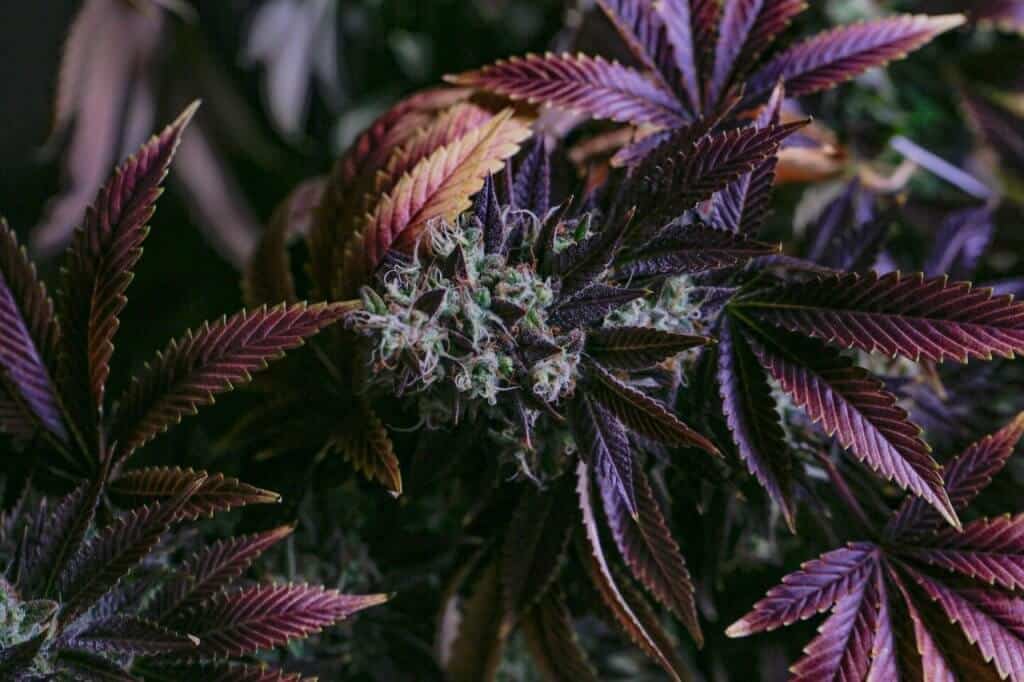
Indoor gardeners who use LEDs or lighting systems with a high UV output are more likely to encounter this occurrence.
Find out the perfect light cycle for cannabis to ensure there are no lighting
Temperature changes can also impact the color of cannabis stems by influencing the activity of enzymes and hormones that govern pigment production. In certain strains, cold temperatures can promote purple or cannabis red stems, while high temperatures can limit anthocyanin synthesis and result in green stems.
Nutrient imbalances or deficiencies can cause stem discoloration, affecting the plant’s metabolism and health. Phosphorus deficiencies are mostly well-known to develop purple stalk weed before the leaves turn brown and brittle. Magnesium deficiencies often cause red petioles, the stalks that attach a leaf to a stem.
Some fungi, like Fusarium or Botrytis, can infect the cannabis stem and cause it to rot or die. Fusarium affects cannabis seedlings, attacking their stems and causing them to “damp off.” It can also make stems appear dark brown, red, or slightly purple. Conversely, Botrytis affects larger cannabis plants and forms a characteristic brown line along the stems and branches affected stems and branches, robbing them of nutrients and causing them to die.
Purple and cannabis red stems in plants can have different causes, depending on the overall health and appearance of the plants. Other times, it is simply an issue of genetics or light exposure, and nothing to be concerned about. If your weed plants also exhibit stress symptoms, such as discolored, drooping, or broken leaves, stunted growth, or mildew, this might suggest a more serious problem.
Treating red stems on weed plants is easy as long as you know what’s causing the issues. Some of the treatment alternatives are:
Plant pigmentation in cannabis is a fascinating trait that is greatly controlled by genetics. Both genetic and environmental factors usually influence the emergence of purple stems on weed plants. Cannabis plant coloration is heavily influenced by genetics. Purple stems are a natural feature of some weed plants, showing a genetic predisposition for this trait. These weed plants inherit the ability to be colored from their parent strains, emphasizing the relevance of genetic composition in shaping plant physical features. Examples of strains with purple or cannabis red stems are:
Nutrient deficiencies cause various symptoms, including yellowing or new and old foliage drying, and discolored stems and leaves. In particular, phosphorus is required for proper root development, energy generation, and blooming in cannabis plants. A phosphorus deficit can cause red or purple stems cannabis, as well as indicators such as leaf darkening and curling, diminished blooming, and poor development. To correct phosphorus shortage, ensure your plants receive a suitable fertilizer solution with proper phosphorus levels.
Overwatering is a major stressor affecting the root zone, causing a lack of oxygen; thus, suffocating and making them more susceptible to diseases. To avoid overwatering your weed plants
Transplant shock occur you disturbing your cannabis plant’s root system when moving them to a new environment. Indicators of shock on your weed plants include wilting, yellowing leaves, and feeble stems. To reduce transplant shock:
Minor changes in temperature, humidity, lighting, feeding, and watering, as well as advanced training techniques, pests, diseases, and high winds, may all stress cannabis plants, and all of these stressors have the ability to generate red or purple stems. However, defining what stressing a plant is is challenging since each specimen responds differently to stress, and some strains are more resistant to certain forms of stress than others. Here are some common stresses to consider:
The principal cause of cannabis purple stems is abrupt temperature changes. An outdoor cannabis plant with a temperature range of 45°F-75°F during the day and night is more likely to develop red or purple stems than one with stable levels. Temperature changes in indoor grow rooms may be caused by your cannabis light cycle. Check that the dark period is not more than 10-15°F colder than the light cycle. Some strains, known as purple strains, are naturally tailored to respond to anthocyanin production. Their leaves and stems take on red or purple tones.
Growers intentionally expose these plants to colder evening temperatures to highlight their beautiful hues. Keep a check on your weed crops for a few days if you observe red or purple stems after being in cooler temperatures. Even more so if they are not from the purple family. If you notice indications of stress, you may need to raise the temperature in your grow room or transfer your plants indoors. Generally, the optimal temperature for producing weed is around 68-77°F during vegging and 65-85°F during blooming.
Lighting is important for cannabis plant health and can affect stem colors. Although not necessarily insufficient or excessive light, exposure to high-intensity illumination might result in purple or red stems on weed plants. This “sun tan” happens as a plant defense mechanism to protect the stems from excessive light, and it is more prevalent with lights that emit a lot of UV radiation. Growers need to select the appropriate light spectrum, change the light intensity, or maintain a regular lighting schedule to achieve optimum lighting:
Purple stems on weed plants may not always indicate a problem. Some strains generate purple stems on their own. However, if you observe additional indicators of distress in your plants, chances are they lack something or receive an excessive amount of anything. You should ensure you’re giving your weed plants everything they need. Ultimately, you’ll figure out what is incorrect after some troubleshooting.

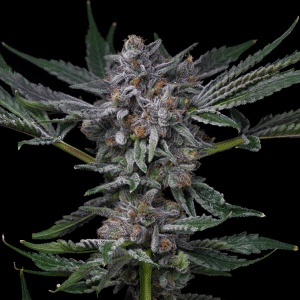
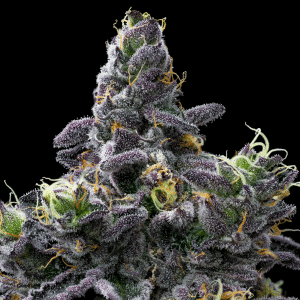
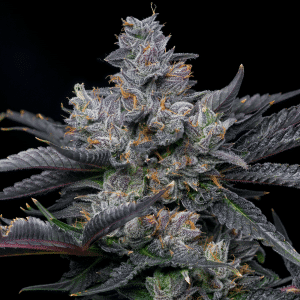
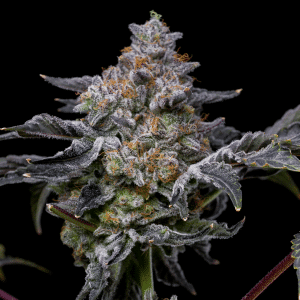
Offers
This product is not for use by or sale to persons under the age of 18. This product should be used only as directed on the label. It should not be used if you are pregnant or nursing. Consult with a physician before use if you have a serious medical condition or use prescription medications. A doctor’s advice should be sought before using any hemp products. All trademarks and copyrights are property of their respective owners and not affiliated with nor do they endorse this product. These statements have not been evaluated by the FDA. This product is not intended to diagnose, treat, cure or prevent any disease. By using this site you agree to follow the Privacy Policy and all Terms & Conditions printed on this site. All products contain less than 0.3% Cannabinoid-compliant with applicable Federal Laws. Please make yourself aware of any and all applicable laws regarding hemp in your jurisdiction. Premium Cultivars accepts no liability or responsibility regarding germination laws in any specific locale state or national jurisdictions.THCA products are not available for shipment to the following states: Hawaii, Idaho, Minnesota, Oregon, Rhode Island, Utah, Vermont *Note: Products with Total THC content above 0.3% must not be shipped to these states.
We want to help you get your hands on the seeds you want, take 20% off your next purchase when you enter your email below!
We want to help you get your hands on the seeds you want, take 20% off your next purchase when you enter your email below!